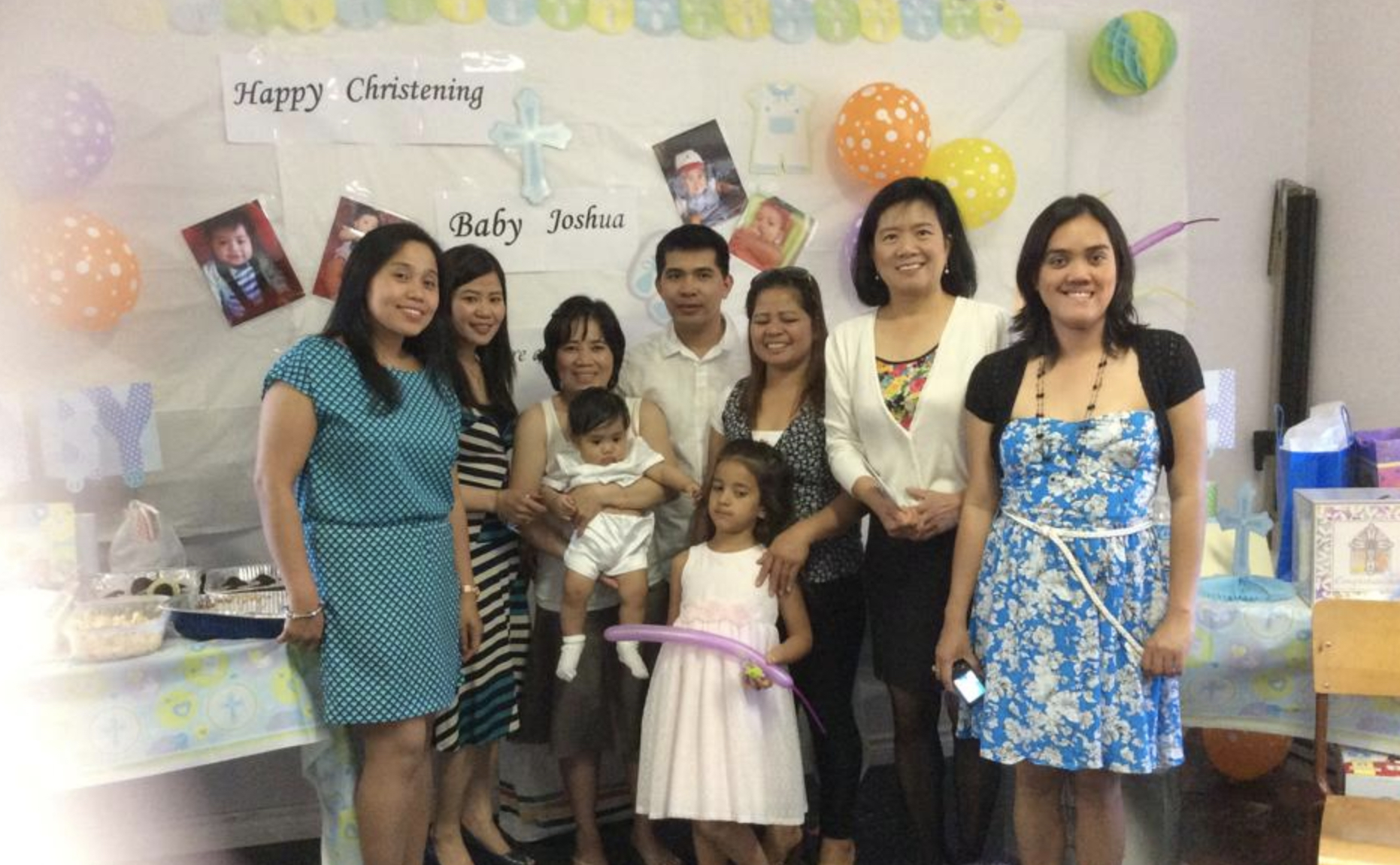Ottawa’s Filipino population has seen a 20 per cent increase between 2011 and 2016 according to an analysis of Statistics Canada census tracts data.
The statistic is reflective of the country’s overall Filipino population growth, which has increased by 25 per cent over the same period.
The map below shows the Ottawa census tracts. The dark colours represent the areas with the most Filipinos in 2016. Clicking inside the census tract boundaries produces a pop-up box with the populations for 2011 and 2016, along with the percent change.
Luisa Veronis a social geographer from the University of Ottawa says Canada’s Filipino population has been thriving since 2006, and that large metropolitan areas are “main gateways of entry-point” for immigrants and often reflect these trends.
She says, “Canada because of its immigration policy, specifically the Live-in Caregiver Program, has been a favoured destination in part because it used to provide a fairly secure path to permanent residence.”
The federal government offered the Live-in Caregiver Program (LCP) to foreign workers looking for employment as eldercare, childcare or special needs providers. The program closed in November 2014.
Veronis attributes the growth to LCP applicants but also to their extended family members. Caregivers become eligible to sponsor family members after working in Canada after some time.
Veronis says some caregivers experience long periods of separation from their families. She says, “Particularly women were separated from their families five to eight years, which is a tremendous amount of time considering they leave their own children behind to come here and take care of Canadian children.”

For Angelle Rudio, a single Filipino immigrant, her experience was a little different since she was not leaving much family behind when she first came to Canada in 2006. At 22, she was sponsored through the LCP by her cousin to care for her two young children in Ottawa. She says at the time of her arrival the LCP was booming.
After working for a year under her cousin, Rudio applied for her permanent residency because she knew she wanted to stay in Ottawa.
She says, “I chose Ottawa because it’s hard to come in this country and you don’t have family and you don’t know anybody. Especially if you’re an immigrant and you have to adjust to the language and adjust to culture.”
Rudio adds: “Here in Canada even if you start as a nanny, you have a chance to progress your life. It’s not like you’re gonna be a nanny forever…It’s just a stepping stone.”
Veronis says, “Filipinos are generally great workers and a lot of professionals are very well educated and their English tends to be stronger than other immigrant groups.” She adds their integration into Canadian society is often “pretty smooth”.
Rudio received a university-level education in communications back home, but found herself taking on lower-level jobs at Tim Horton’s and A&W in order to pay for a nursing degree.
Ten years later, Rudio now lives in Elmvale, Ottawa’s south-end neighbourhood in the Alta Vista ward. She lives with her cousin who also immigrated through the LCP and works with her as a personal support worker at the Perley and Rideau Veterans’ Health Centre, a nearby health care facility for seniors.

Rudio says she misses home and visits every few years, but says having family in Ottawa and being an active member in her church helped her feel comfortable living abroad.
She says, “You miss your culture, you miss your food, you miss your language… I want to connect with people so I go to a community where they can relate with me as a person.”
She adds, “I’m lucky to have found that close to my home.”
